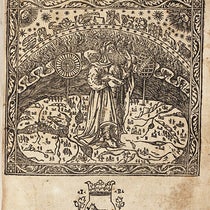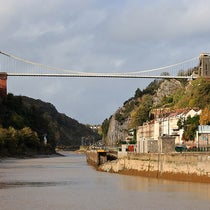Scientist of the Day - Orville Wright
Orville Wright, the younger of the aviating Wright Brothers, was born on Aug. 19, 1871, making him a little over 4 years younger than Wilbur. They are nearly always discussed as a single entity – Wikipedia has no entry on Orville, or Wilbur, only on the "Wright Brothers," but surely each deserves his own birthday notice. We wrote a piece on Wilbur last year, in which we pretty much exhausted the subject of the first flight of the Wright Flyer on Dec. 17, 1903, and what it was that set the Wright Brothers apart from all the other contenders for "first in flight." We also showed there several of the classic Wright Brothers photos – the famous shot taken by John T. Daniels of the first flight, with Orville aboard and barely aloft, and with Wilbur running alongside. We also showed the iconic still of the two men sitting on the front porch of their Dayton home in 1909. And we tried to make the point that the Wright Brothers succeeded where all others failed because they realized that the key to manned flight was not engine power, or lift, but control, since all early aircraft were inherently unstable. Their years of practice in gliders, and their invention of the "wing-warping" technique for steering, made all the difference. The Wright Brothers were far and away the best "flyers" of all the contenders.
Today, we are not going to relive Dec. 17 once more, but rather point out a few things about Orville that were not made in our post on Wilbur. Orville was less intense than Wilbur, who always seemed to have a million things on his mind and never smiled for the camera. Not that Orville smiled much, but he never looked nearly as intent as Wilbur. Oddly, Orvlle was also the more excitable one – Wilbur never lost his temper or his cool. Orville was photographed many times in improved versions of the Wright aircraft, Flyer II and Flyer III. We show one of those photographs here (third image), not that you can see much of Orville. And we show one new photograph of the brothers striding along in 1910, nattily dressed as always, and with much to share with each other (first image).
Wilbur took the lead in the battle against the patent-infringers, especially Glenn Curtiss, which never much interested Orville, although he was pulled into the fray when Wilbur abruptly died on May 30, 1912, just 45 years old. Orville outlived Wilbur by 35 years. What really aroused Orville's ire were the shenanigans pulled by Curtiss and the Smithsonian Institution in 1914, when they dusted off the Aerodrome A of Samuel P. Langley, which Langley was never able to coax into the air, made some 35 modifications and improvements (which was kept secret), and when Curtiss was able to get it off the ground for 2 seconds, the Smithsonian (through its secretary, Charles Doolittle Walcott), declared that Langley was the inventor of powered flight.
Orville hotly protested that the plane Curtiss flew was hardly the same plane that Langley failed to fly, and when he got no satisfaction from Walcott, he had Flyer 1 rebuilt (it had not flown since Dec. 17, 1903) and sent it off to the Science Museum in London for display, refusing to allow it anywhere near the Smithsonian. We found a photo in the National Air and Space Museum archives of the Flyer hanging from the ceiling in South Kensington in the 1930s (fourth image).
Eventually, after Walcott retired and calmer heads prevailed, the Smithsonian in 1942 apologized, declared the Wright Brothers to be the true inventors of powered flight, and Orville began the slow process of transferring the Flyer from London to Washington. Because of the war, this did not happen until 1948, just after Orville's death, so he never saw it where millions of Americans have seen it, the number one exhibit in the National Air and Space Museum. And we just have to show one more photo of that (fifth image).
Both Orville and Wilbur are buried in the family plot in Woodland Cemetery, Dayton (sixth image).
William B. Ashworth, Jr., Consultant for the History of Science, Linda Hall Library and Associate Professor emeritus, Department of History, University of Missouri-Kansas City. Comments or corrections are welcome; please direct to ashworthw@umkc.edu.


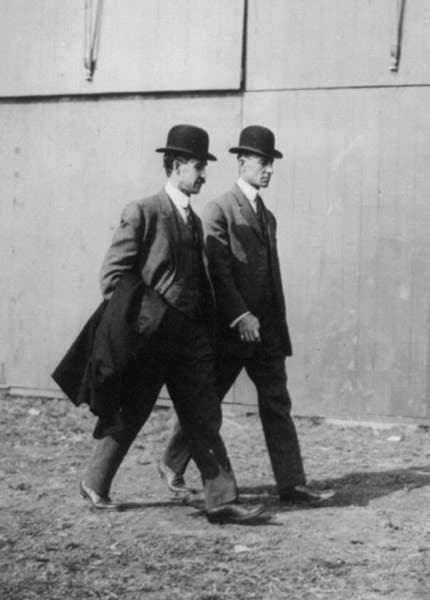
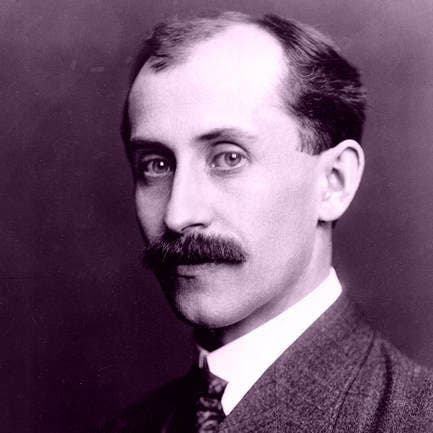
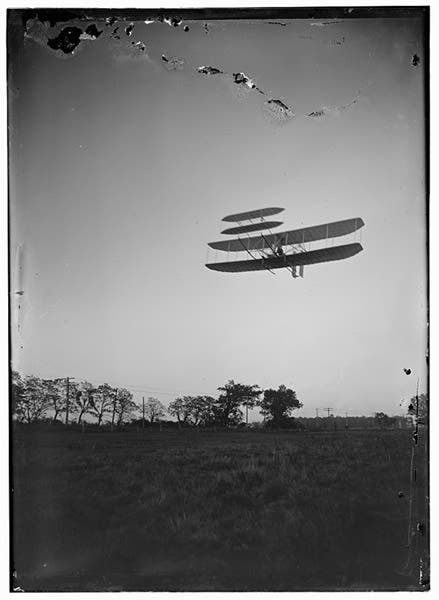
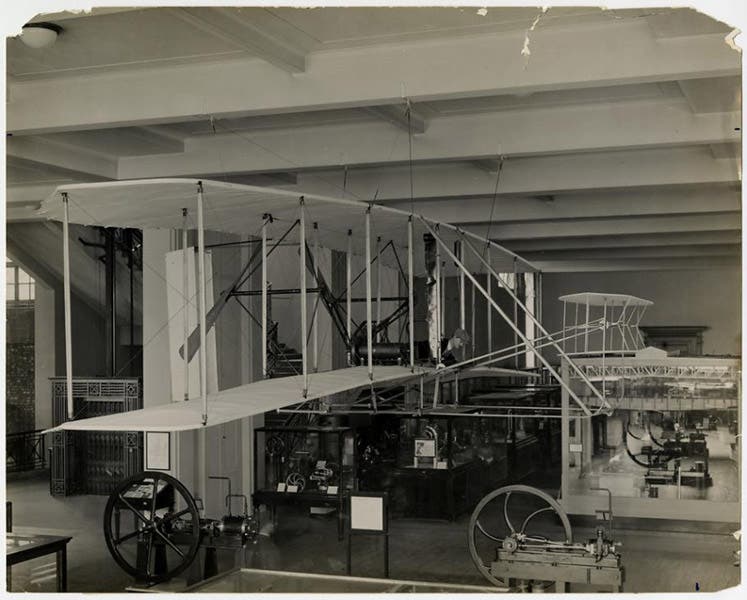
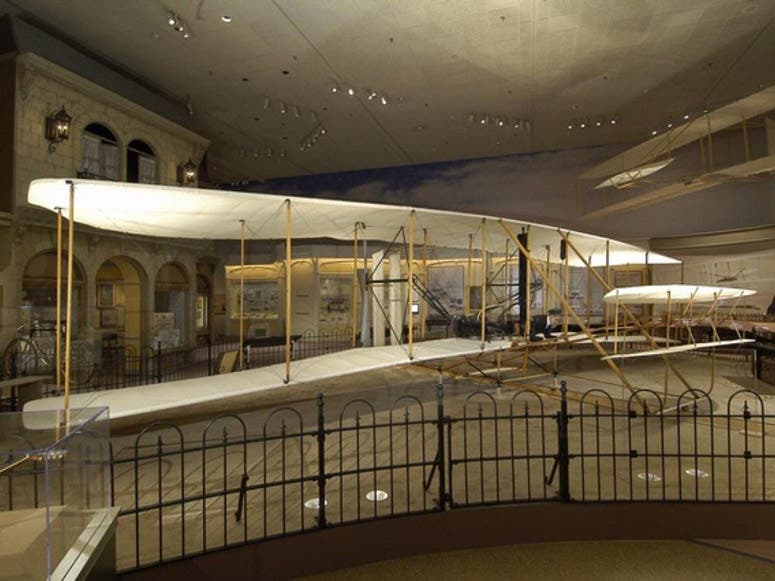


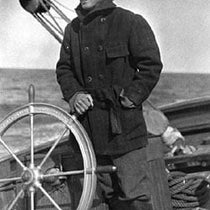
![Using an astrolabe to measure the depth of a well, woodcut in Elucidatio fabricae vsusq[ue] astrolabii, by Johannes Stöffler, 1513 (Linda Hall Library)](https://assets-us-01.kc-usercontent.com:443/9dd25524-761a-000d-d79f-86a5086d4774/a998eb50-55d2-4a88-ace2-a50aa5fa86e7/Stoffler%201.jpg?w=210&h=210&auto=format&fit=crop)
